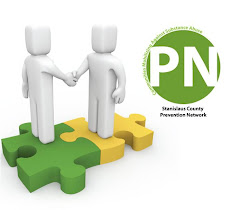Forum for Youth Investment
 The Forum for Youth Investment (the Forum) is a nonprofit, nonpartisan organization dedicated to helping communities and the nation make sure all young people are Ready by 21™ — ready for college, work and life. This goal requires that young people have the supports, opportunities and services needed to prosper and contribute where they live, learn, work, play and make a difference. The Forum provides youth and adult leaders with the information, technical assistance, training, network support and partnership opportunities needed to increase the quality and quantity of youth investment and youth involvement. Read More ...
The Forum for Youth Investment (the Forum) is a nonprofit, nonpartisan organization dedicated to helping communities and the nation make sure all young people are Ready by 21™ — ready for college, work and life. This goal requires that young people have the supports, opportunities and services needed to prosper and contribute where they live, learn, work, play and make a difference. The Forum provides youth and adult leaders with the information, technical assistance, training, network support and partnership opportunities needed to increase the quality and quantity of youth investment and youth involvement. Read More ...




















